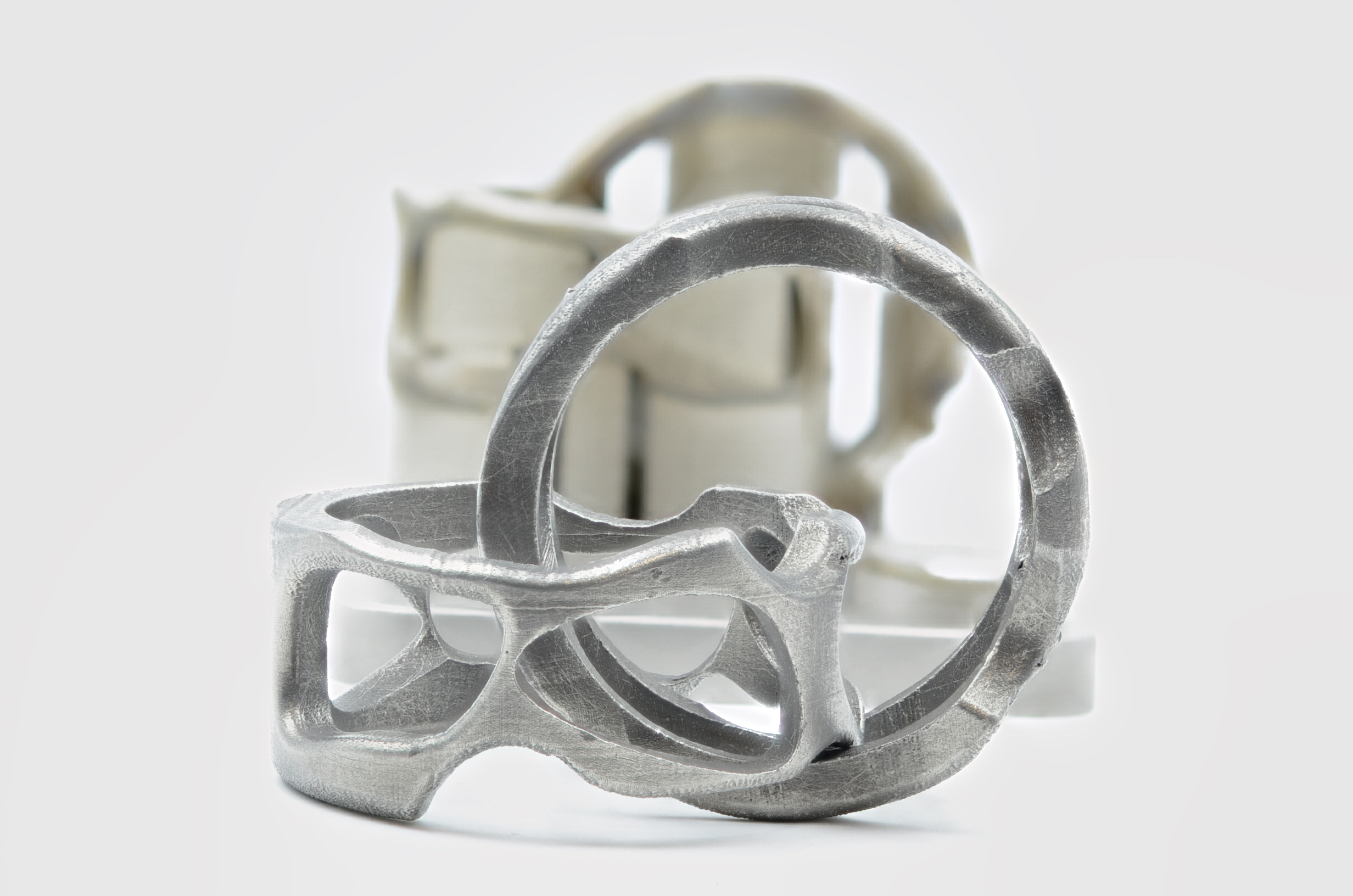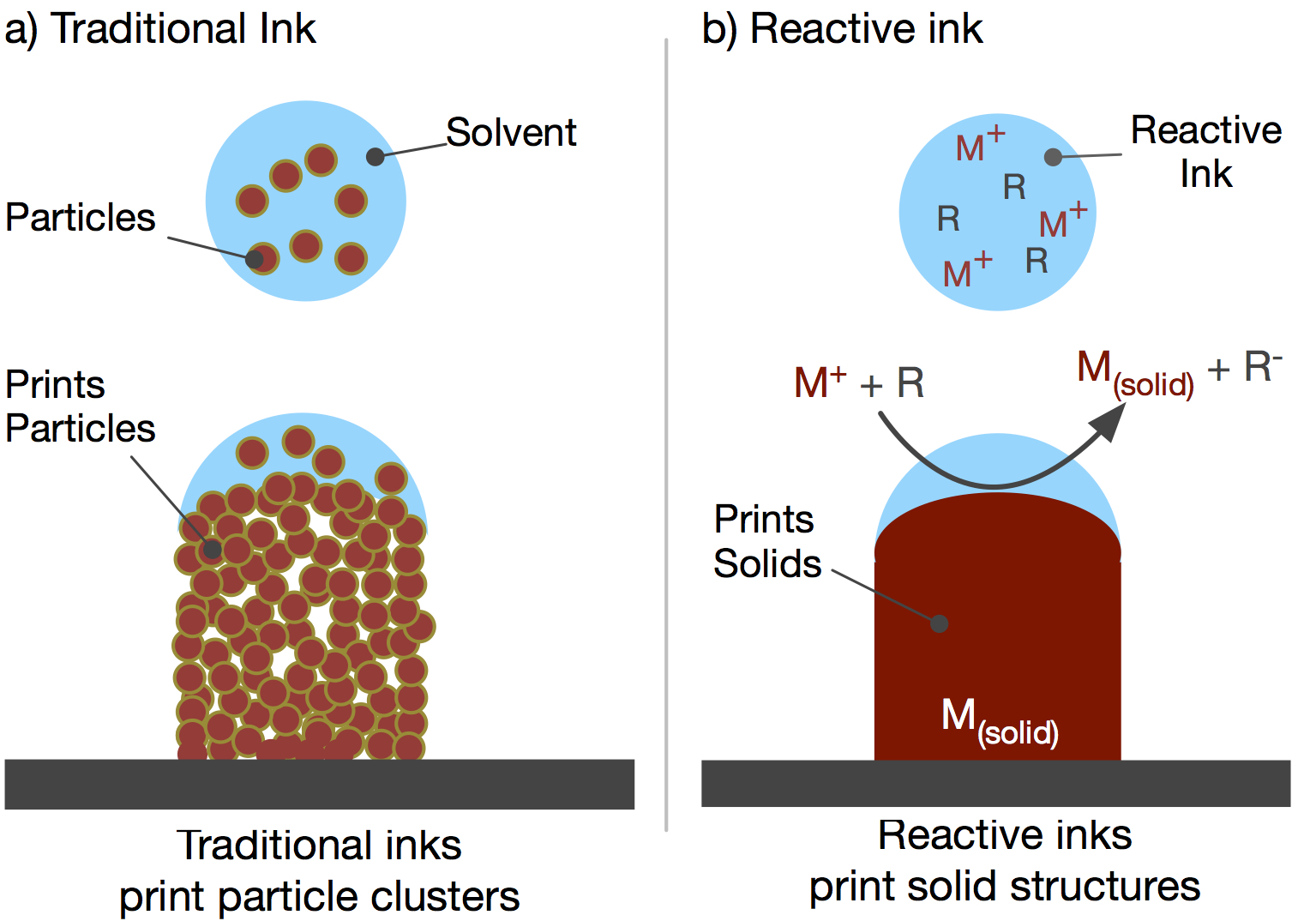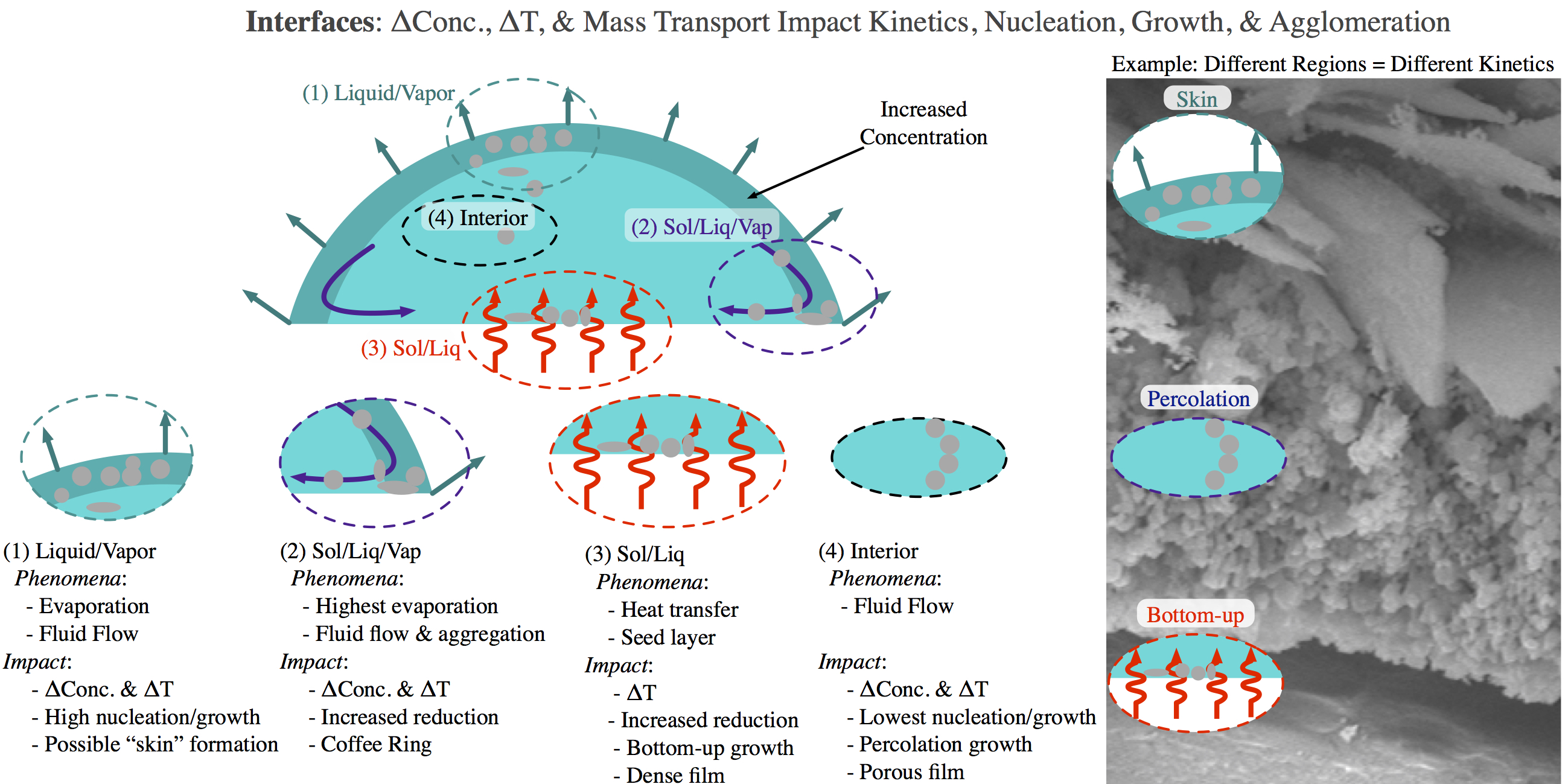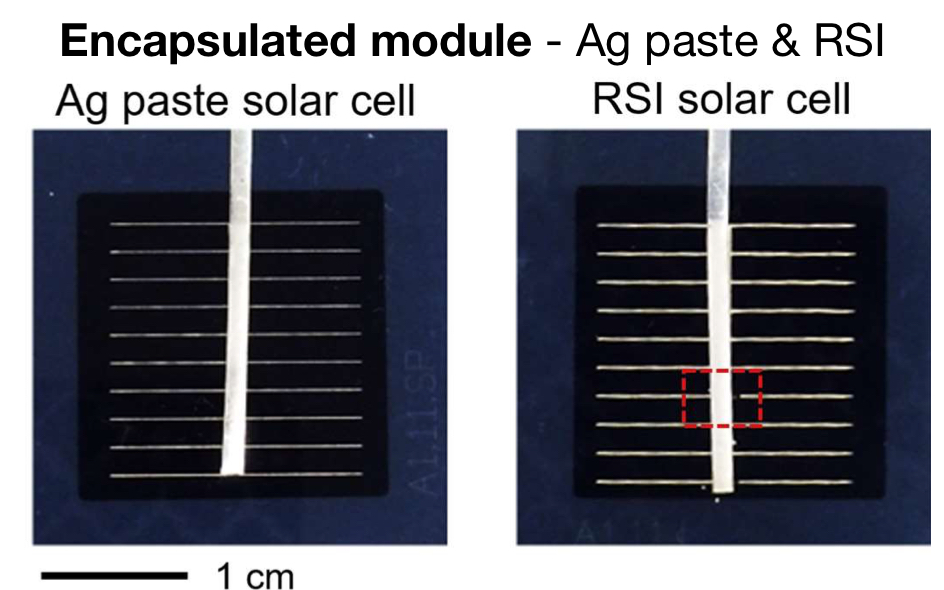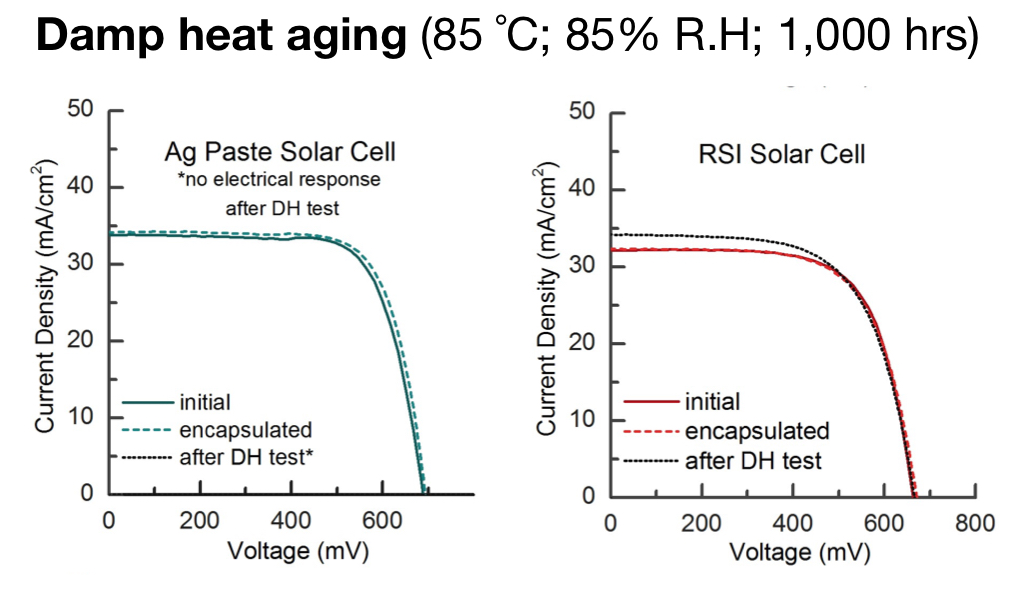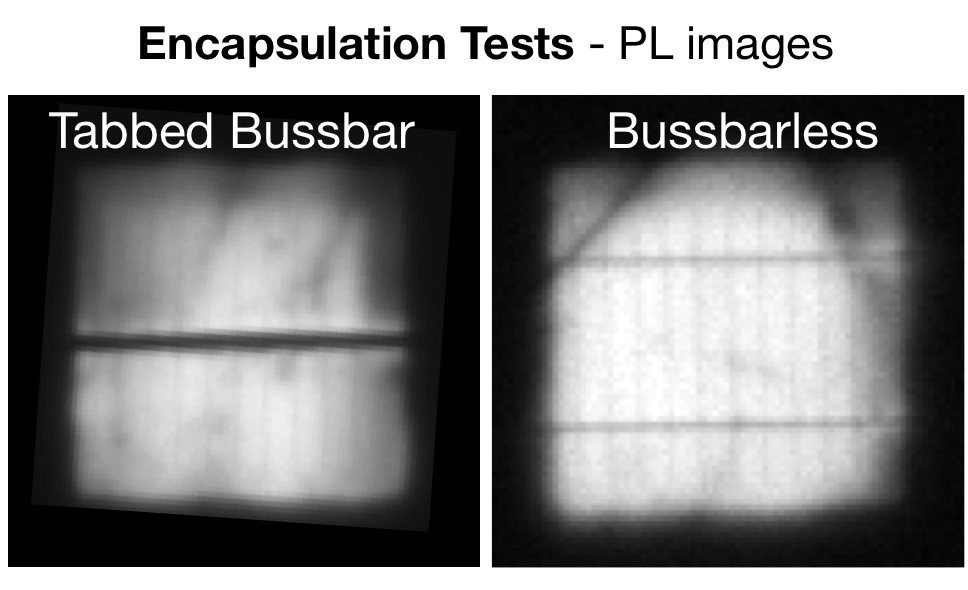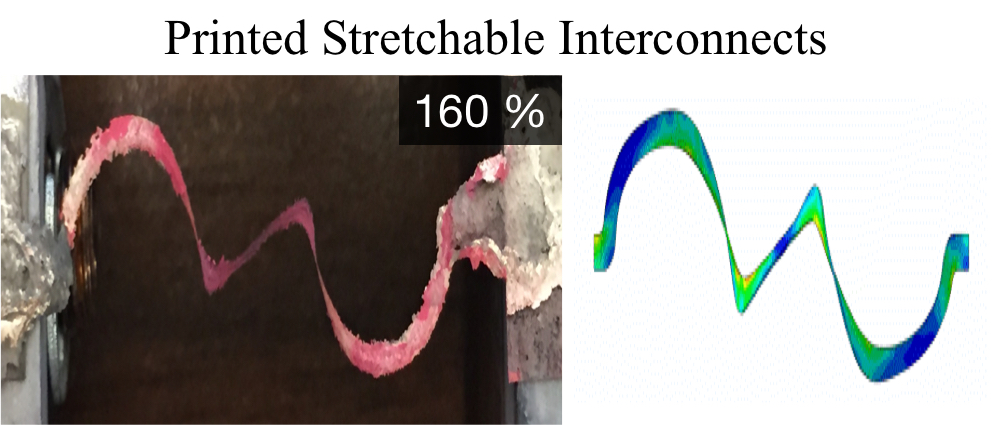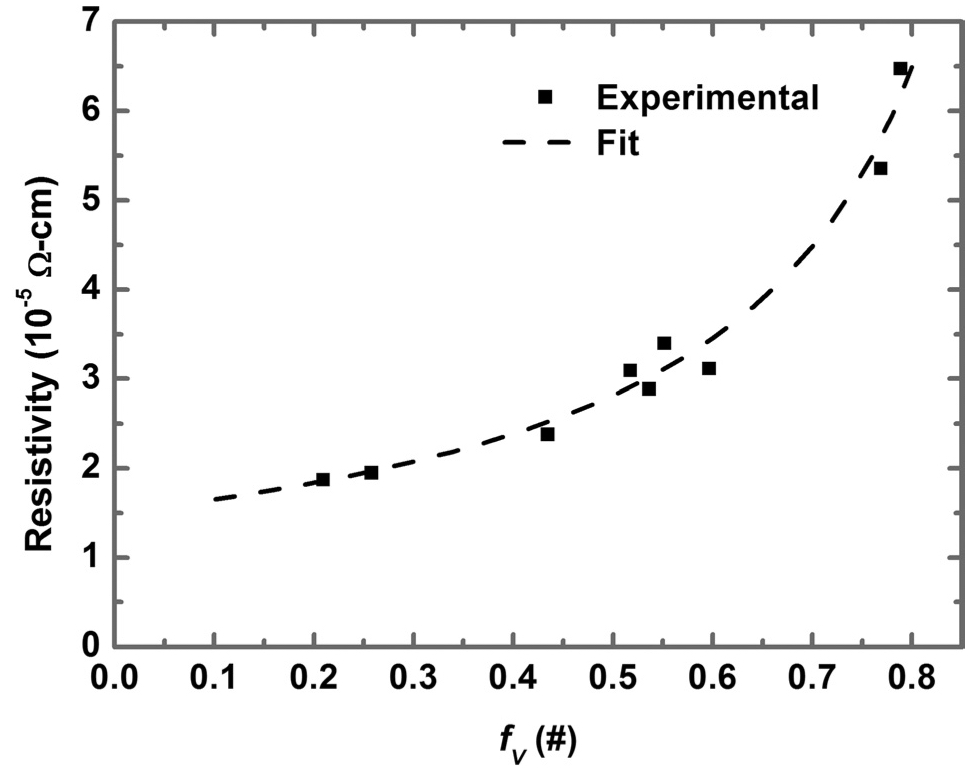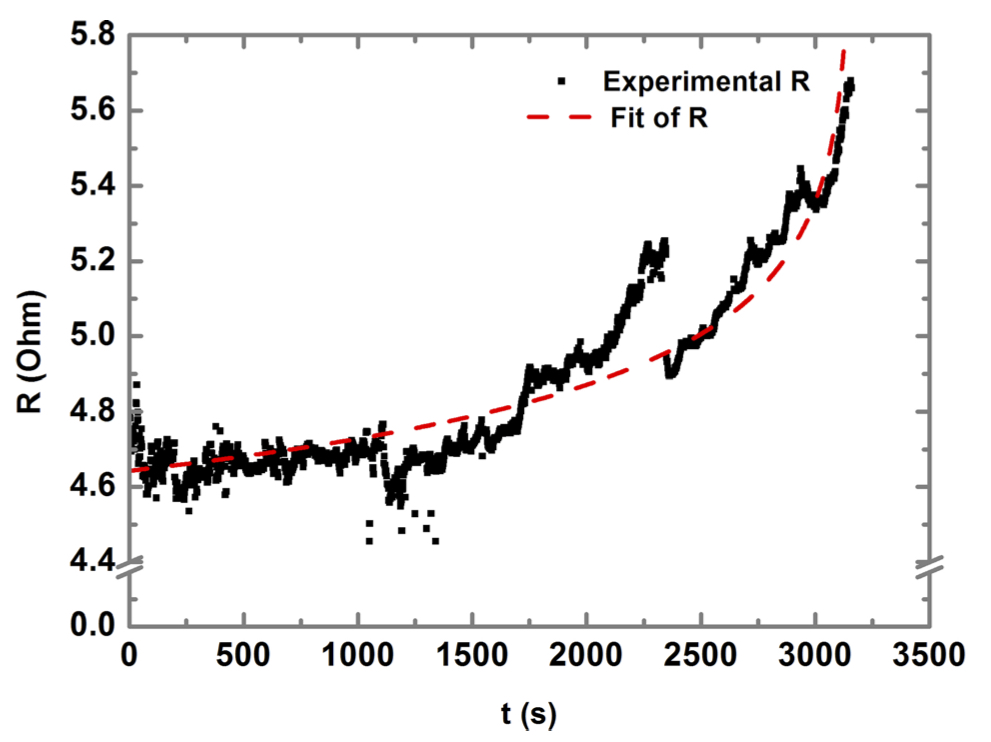Research Themes
Dissolvable Metal Supports
Through corrosion and microstructure evolution studies of printed metals we can now selectively dissolve metal supports in 3D printed components fabricated using Powder Bed Fusion (PBF) or Directed Energy Deposition (DED) additive manufacturing techniques.
This process significantly reduces post-processing for 3D printed metals by replacing manual machining and grinding with simple electrochemical baths. No changes to build/print settings are required for PBF-compatible dissolvable supports. Additionally, support structures only need to be fluid accessible to be removed (instead of mechanically accessible).
Reactive Inks
Reactive ink print chemical reactions instead of clusters of particles. Our studies on how mass transport, heat transfer, and chemical kinetics impact particle nucleation and growth rate distributions in evaporated droplets of printed reactive inks allows us to control the porosity from 0% (i.e. 100% dense) all the way up to 94% porosity (i.e. aerogels). Current reactive ink systems in our group include Ag, Cu, W, ZnO, SiO2, PDMS, and numerous polymer systems. Applications include printed electronics, stretchable interconnects, photovoltaics metallization, and printed microfluidic devices.
Photovoltaics
Through an ongoing collaboration with Prof. Mariana Bertoni at ASU, we are studying the chemical and physical interface between printed reactive inks and photovoltaic topside substrate (silicon, ITO) and how reactive ink composition and the physical phenomena involved in the printing process impact the resulting electrical, mechanical, and reliability of these metallizations.
The insights gained from these studies have allowed us to design reactive ink chemistries and processes to reduce silver consumption in photovoltaic cells by 90% wile maintaining device efficiency levels comparable to existing silver paste and evaporation/sputtering techniques.
Printed Electronics
Through collaborations with Prof. Terry Alford and Prof. Hanqing Jiang, we have investigated the electrical and mechanical reliability of electronic interconnects printed using reactive inks. Electromigration studies show that the electrical resistivity and reliability of printed silver reactive inks can be modeled as percolating networks. Additionally, printed stretchable spirals achieved 180% elongations with negligible change in electrical resistance.

Software Projects
In Hildreth Research Group, we often find ourselves writing custom data analysis tools and software to control our research equipment. Inspired by PyVISA, our latest project is a Swift wrapper for the NI-VISA communication protocol. Our SwiftVISA wrapper will allow us to control our research equipment using software with access to native MacOS APIs, improved multi-threaded support, and code safety through strong type-def checking. Other software projects include custom tip location routines for our Nano-drip EHD printer; Graphs – a data management tool; and tools to scale .jdi files for increased throughput of electron beam lithography dosing curves.
